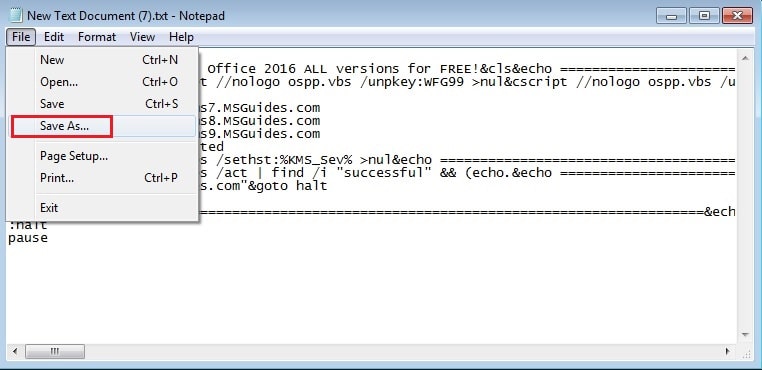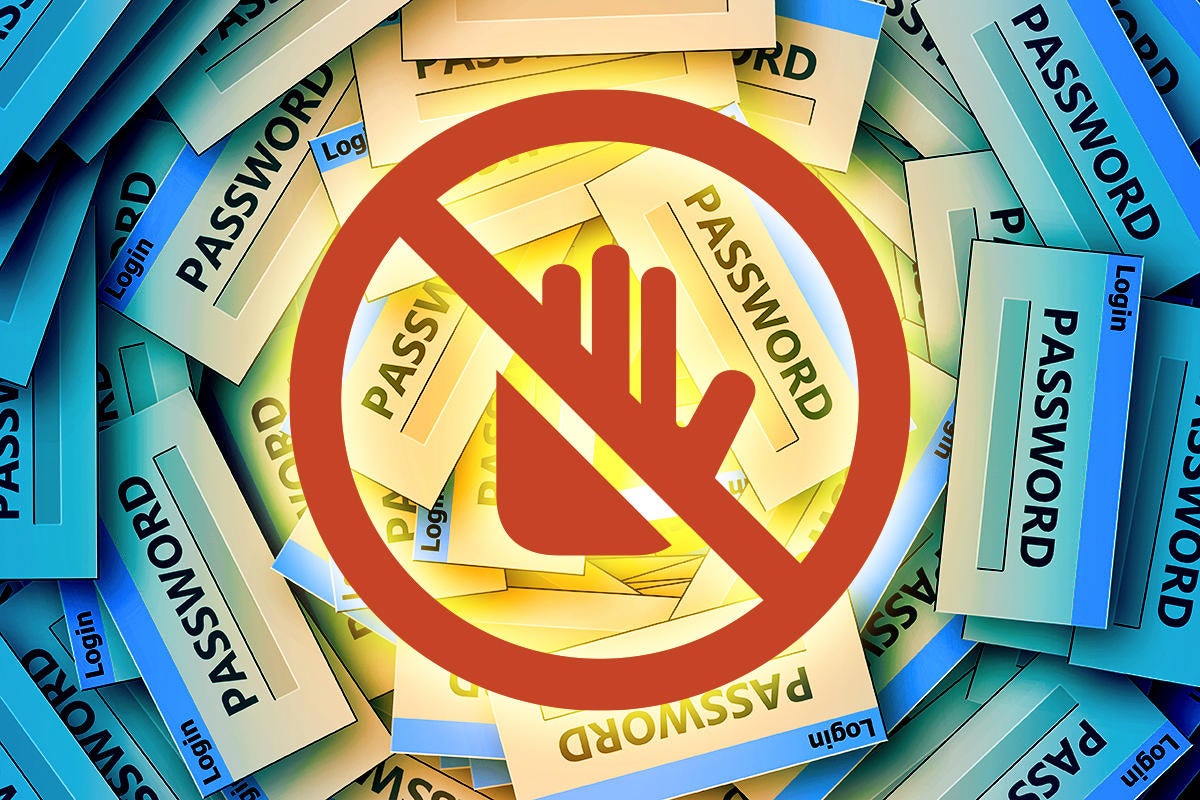After reinstalling and updating my computer via Windows Update, I noticed I’m still running Outlook without any updates.
Download Microsoft Outlook 2013. Windows email client that uses SMTP and IMAP. Microsoft Excel 2019. Classic Microsoft Office program that allows users to create and edit spreadsheets. Microsoft Office 2019 2019. Productivity software for business, office, or school. Exchange 2019 & Windows 7. We've recently deployed a 2019 Exchange environment and in all our testing, Windows 7 will fail autodiscovery and ultimately drop the connections with Outlook & Exchange even on machines that had an existing connection to 2013 Exchange. All editions of Office 2013 and above work fine on Windows 10, however nothing on Windows 7 other than OWA.
How can I get updates for Office as well?
By default Windows Update only updates Windows itself. In order to get updates for Office and other Microsoft products as well, you’ll have to “update” your Windows Update to Microsoft Update.
When you are using an Microsoft 365 (formerly Office 365) installation or a Click-to-Run installation of Office 2013, Office 2016 or Office 2019, then the updates will not be offered via Windows Update but will be installed automatically. Depending on your installation source, you can manually check for updates from within any Office application or the Microsoft Store on Windows 10.
Upgrading from Windows Update to Microsoft Update
In order to switch from Windows Update to Microsoft Update, you can launch Windows Update like you’d normally do and then click the appropriate link as indicated below. A quick way to locate Windows Update is to to open the Start Menu or Start Screen and type; Update.
Windows 10
Click on the “Advanced options” link and select the option: Receive updates for other Microsoft products when you update Windows.
Enable Microsoft Update in Windows 10 to get Office updates too.Windows 8 (Modern Update App)
Open the Start Screen and type “Update”. This should give you a search result called: Choose whether to automatically install Windows Updates.
When you click on this result, you’ll get a screen which allows you to select: Give me updates for other Microsoft products when I update Windows.
Windows 8 also allows you to select Microsoft Update via its touch friendly interface.Windows 7 and Windows 8
Click the “Find out more” link to switch to Microsoft Update.
If it is not available, click on the “Change settings” link on the left and you should be able to select the option:
Give me updates for other Microsoft products when I update Windows.
Enable Microsoft Update in Windows 7 or Windows 8 to get Office updates too.When you’ve switched successfully, the Windows Update screen will no longer show the “Find out more” link and should state:
You receive updates: For Windows and other products from Microsoft Update.
In case you run into issues with an update and want to uninstall it, you can uninstall it via one of the methods described in Uninstalling Outlook or Office updates.
Office 2019 Windows 10
Updating Office 2013 / 2016 / 2019 / 365 installations (Office website installer)
When you are using a Click-to-Run installation of Office 2013, Office 2016, Office 2019 or Microsoft 365, then updates won’t be coming via Microsoft Update and you won’t be able to install updates or hotfixes manually either via their standalone installer.

Instead, updates for Office will be installed automatically for you within a few days after these updates get released. You can also force it to check for new updates and apply them by using the Update Options button.
- File-> Office Account-> Update Options-> Update Now
Manually updating a Click-to-Run installation of Microsoft 365.
In case you run into issues with an update and want to uninstall it, you can roll-back to a previous release as described in Uninstall Microsoft 365 Click-To-Run Updates.
Updating Office 2016 / 2019 / 365 installations (Microsoft Store)
When you are using Windows 10 and have installed Office from the Microsoft Store, then updates are also managed via the Microsoft Store.
To manually check for updates, open the Microsoft Store app and click on the ellipsis (3 horizontal dots) menu icon in the to right corner. From the menu that open choose; Downloads and Updates. Press the “Get updates” button to check for updates of all your Microsoft Store apps.
Checking manually for new updates in the Microsoft Store.
Introduction
Install Office 2019 Windows 7
This article describes how to troubleshoot the following kinds of issues in Microsoft Outlook when it's used together with Office 365:
- Outlook stops responding (hangs).
- Outlook crashes even though you aren't actively using it.
- Outlook crashes when you start it.

Procedure
To help troubleshoot Outlook issues in an Office 365 environment, follow these steps.
Step 1: Investigate possible issues caused by add-ins
Exit Outlook.
Open a Run dialog box. To do this, use one of the following procedures, as appropriate to your version of Windows:
- If you're running Windows 10, Windows 8.1, or Windows 8, press the Windows logo key+R.
- If you're running Windows 7, click Start, type Run in the Search box, and then click Run.
Type Outlook /safe, and then click OK.
If the issue is fixed, click Options on the File menu, and then click Add-Ins.
Select COM Add-ins, and then click Go.
Click to clear all the check boxes in the list, and then click OK.
Restart Outlook. If the issue doesn't occur, start adding the add-ins one at a time until the issue occurs.
Step 2: Repair Office
- Open Control Panel, and then click Uninstall a program.
- In the list of installed programs, right-click the entry for your Office installation, and then click Change, and then click Online Repair.
Step 3: Run Outlook Diagnostics
Run the Outlook won't start automated diagnostics to fix the issues.
Note
Click Run when you're prompted by your browser.
If the tool doesn't resolve the issue, go to Windows or Look to start Microsoft Support and Recovery Assistant for Office 365 (SaRA).
On the first screen, select Outlook, and then select Next.
Select any of the following options, as appropriate, and then select Next:
- Outlook keeps hanging or freezing
- Outlook keeps crashing with a message 'Microsoft Outlook has stopped working'.
SaRA runs some diagnostic checks, and returns possible solutions for you to use to try to fix Outlook connectivity issues.
Step 4: Create a new Outlook profile
Note
If you ran SaRA in Step 3, and you created a new profile, you can skip all of Step 4.
Open Control Panel, and then click Mail.
Click Show Profiles.
Select the profile that you want to remove, and then click Remove.
Important
Removing the profile also removes associated data files. If you're not sure whether the data files are backed up or stored on a server, do not remove the profile. Instead, go to step 4.
Click Add.
In the Profile Name box, type a name for the new profile.
Specify the user name, the primary SMTP address, and the password. Then, click Next.
You may receive the following message:
Allow this website to configure alias@domain server settings? In this message, click to select the Don't ask me about this website again check box, and then click Allow.
When you're prompted, enter your logon credentials, and then click OK.
When Setup is finished, click Finish.
Step 5: Run SaRA Advanced Diagnostics before you contact Support
This step creates detailed information about your Outlook configuration and provides solutions for any known issues that are detected. It also gives you the option to upload your results to Microsoft so that a Support engineer can review them before you make a Support call.
- Click Outlook Advanced Diagnostics.
- Click Run when you are prompted by your browser.
More information
For more info about command-line switches that are used together with Outlook, go to Command-line switches for Microsoft Office products.

Still need help? Go to Microsoft Community.



